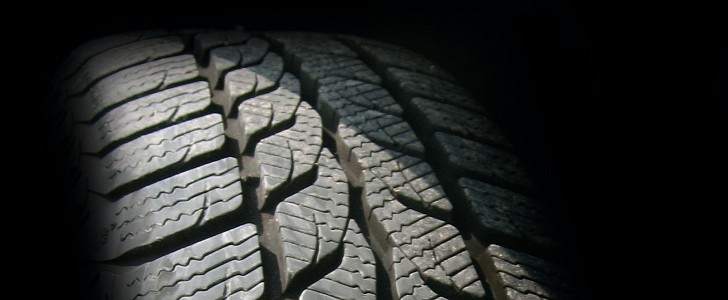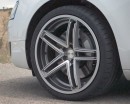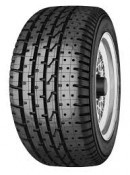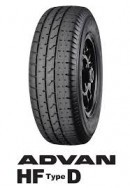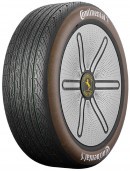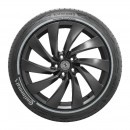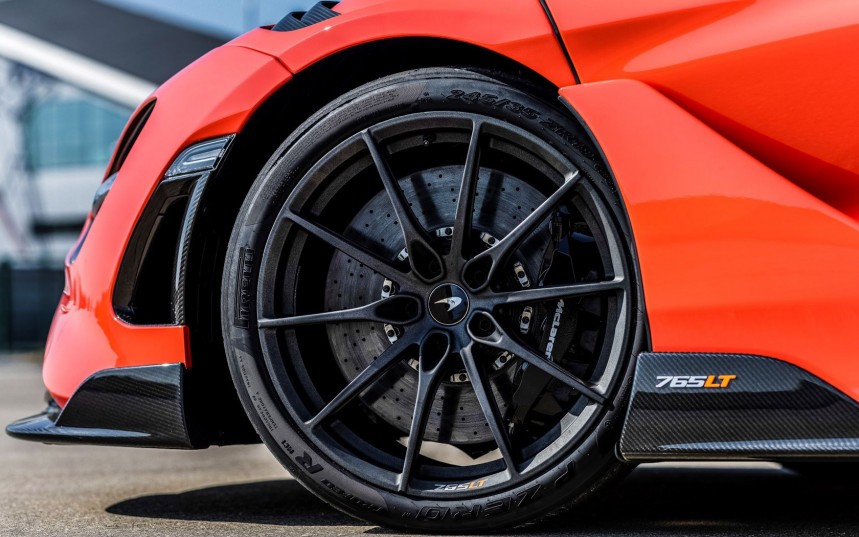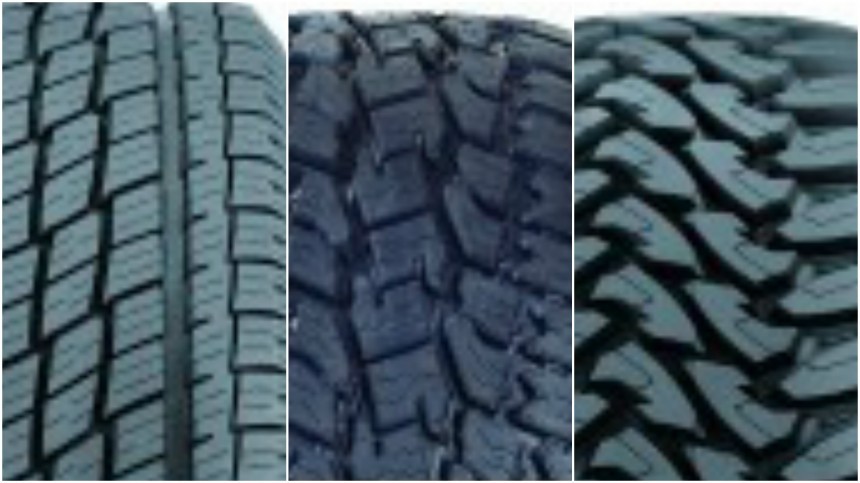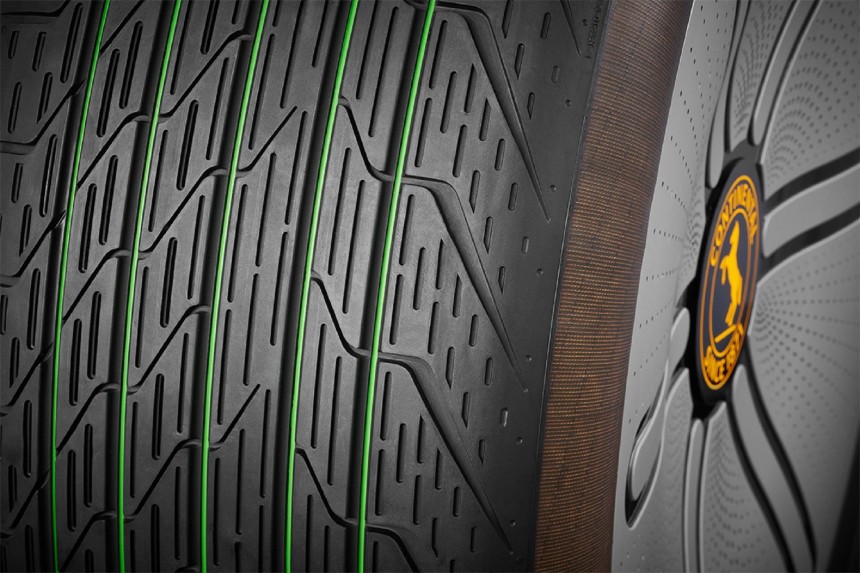The topic of filling a vehicle's tires with nitrogen instead of just plain compressed air is not new. When this option was first available to drivers, it was met with skepticism, but then it just became a less popular option. Is this something you should consider? This guide should help clear that out.
First, let us go through the claimed benefits of nitrogen instead of just air in your tires. Using nitrogen is said to reduce air loss, which leads to improved fuel economy and reduced rolling resistance. Moreover, safety is also improved. The rubber inside the tires is supposed to be safe from oxidation, as well.
Sounds great, right? But what do the critics say about filling tires with nitrogen? Well, it starts with the fact that a tire should first be cleared of all compressed air and then filled with the stuff to be sure of a high level of purity. This costs a fair amount per tire, while most refueling stations will let you fill your tires with compressed air for free.
The second criticism of nitrogen is that you must be sure to refill your tires with the same type of gas every time you need a pressure adjustment, otherwise, you will have tires with nitrogen and compressed air inside them, not just with nitrogen. Another important aspect is that dry air is 78 percent nitrogen, 21 percent oxygen, and the rest are other gases.
Consumer Reports has studied the matter, and they have come up with an answer. Their independent research was corroborated by a study made by the NHTSA. Yes, a government agency decided to check things out with the entire nitrogen in tires matter.
The first test was a study that involved 31 all-season tire models over a year and 16,000 miles. Each tire was filled to 30 psi (2.06 bar) at room temperature, and each tire model got one unit filled with compressed air, while another was filled with 95-percent pure nitrogen. The highest possible purity according to CR's machine.
Are you ready for the conclusion? After one year and 16,000 miles (ca. 25,749 km), the average loss was 3.5 psi (0.24 bar) from the initial 30 psi (2.06 bar) out of air-filled tires. Meanwhile, nitrogen-filled tires lost an average of 2.2 psi (0.15 bar) in the same use scenario. So, there you have it, a difference of 1.3 psi (0.08 bar) on the average loss in pressure over an entire year of use.
As Consumer Reports pointed out, one can hope that drivers will not use nitrogen in their tires as a reason to skip frequent tire pressure checks. You can do those yourself with a gauge, and it is recommended that you do so once a month. During the colder seasons, you should check your tires more often than once a month, as the air inside becomes denser, thus reducing the pressure.
Another thing you should keep in mind is that simply fitting nitrogen in tires will not improve fuel economy, improve overall performance, or reduce rolling resistance.
The latter is given by tread pattern, rubber composition, and overall tire pressure. The latter is linked to the former parameters, which means that underinflated tires will have increased rolling resistance, as well as a drop in performance, fuel economy, and even safety.
In other words, it does not matter if an underinflated tire is filled with nitrogen, compressed air, or whatever gas could be used in this role. If a tire is underinflated, it will not perform as it should.
Moreover, it will be more susceptible to tears or punctures, while performance (in all aspects) will be affected. Wear is accelerated with underinflation, so check your tires often to save money. Once you have a tire pressure gauge, you are set for free tire pressure checks for life.
Since the correct tire pressure is linked to the best fuel economy that a vehicle can provide, a pressure gauge pays for itself each time you use it. Remember to act accordingly, which means filling your tires back to the recommended pressure if you see them being low.
What about rubber oxidation? Well, while that can happen, all consumers change their tires before the rubber becomes old enough to be brittle. The NHTSA did find that nitrogen limits oxidation, but do not get scared.
The good news is that oxidation-related tire wear needs more than ten years to cause the rubber to become brittle. That is beyond the limit where a person should expect a tire to be at its optimal performance (not to mention safe on the road), regardless of it being used or kept on the shelf. In other words, if your tires are ten years old, get a new set of tires. And yes, you should check the DOT even on new tires.
In conclusion, filling your tires with nitrogen is fine as long as you do not pay too much for that service, and remember to check your pressure once a month. If the pressure is off from spec, you should have the tires filled back to the recommended value using nitrogen, so that you can maximize the benefits of nitrogen.
On the other hand, using plain compressed air in your tires is also fine, just remember to check their pressure each month. It is that simple, and it comes with zero cost once you get your own tire pressure gauge (a cheap one works like a charm).
If that vehicle is not your daily, and it sits parked for days at a time, check your tire pressures every other time you drive it. It takes a minute to check them all. In the case of vehicles that spend weeks without being driven, check tire pressures before each drive.
If you have a vehicle that spends months without being driven, you will have to check its tire pressure once a month or so and correct it. Consider moving the vehicle so that the tires will not sit in the same position for months at a time.
If the vehicle cannot be driven for whatever reason, lift each corner on a jack and just rotate each wheel so that it does not sit on the same spot for months on end. Checking your tire pressure on a regular basis and correcting it is more important than the gas that keeps your tires inflated.
Sounds great, right? But what do the critics say about filling tires with nitrogen? Well, it starts with the fact that a tire should first be cleared of all compressed air and then filled with the stuff to be sure of a high level of purity. This costs a fair amount per tire, while most refueling stations will let you fill your tires with compressed air for free.
The second criticism of nitrogen is that you must be sure to refill your tires with the same type of gas every time you need a pressure adjustment, otherwise, you will have tires with nitrogen and compressed air inside them, not just with nitrogen. Another important aspect is that dry air is 78 percent nitrogen, 21 percent oxygen, and the rest are other gases.
Consumer Reports has studied the matter, and they have come up with an answer. Their independent research was corroborated by a study made by the NHTSA. Yes, a government agency decided to check things out with the entire nitrogen in tires matter.
Are you ready for the conclusion? After one year and 16,000 miles (ca. 25,749 km), the average loss was 3.5 psi (0.24 bar) from the initial 30 psi (2.06 bar) out of air-filled tires. Meanwhile, nitrogen-filled tires lost an average of 2.2 psi (0.15 bar) in the same use scenario. So, there you have it, a difference of 1.3 psi (0.08 bar) on the average loss in pressure over an entire year of use.
As Consumer Reports pointed out, one can hope that drivers will not use nitrogen in their tires as a reason to skip frequent tire pressure checks. You can do those yourself with a gauge, and it is recommended that you do so once a month. During the colder seasons, you should check your tires more often than once a month, as the air inside becomes denser, thus reducing the pressure.
Another thing you should keep in mind is that simply fitting nitrogen in tires will not improve fuel economy, improve overall performance, or reduce rolling resistance.
The latter is given by tread pattern, rubber composition, and overall tire pressure. The latter is linked to the former parameters, which means that underinflated tires will have increased rolling resistance, as well as a drop in performance, fuel economy, and even safety.
Moreover, it will be more susceptible to tears or punctures, while performance (in all aspects) will be affected. Wear is accelerated with underinflation, so check your tires often to save money. Once you have a tire pressure gauge, you are set for free tire pressure checks for life.
Since the correct tire pressure is linked to the best fuel economy that a vehicle can provide, a pressure gauge pays for itself each time you use it. Remember to act accordingly, which means filling your tires back to the recommended pressure if you see them being low.
What about rubber oxidation? Well, while that can happen, all consumers change their tires before the rubber becomes old enough to be brittle. The NHTSA did find that nitrogen limits oxidation, but do not get scared.
The good news is that oxidation-related tire wear needs more than ten years to cause the rubber to become brittle. That is beyond the limit where a person should expect a tire to be at its optimal performance (not to mention safe on the road), regardless of it being used or kept on the shelf. In other words, if your tires are ten years old, get a new set of tires. And yes, you should check the DOT even on new tires.
On the other hand, using plain compressed air in your tires is also fine, just remember to check their pressure each month. It is that simple, and it comes with zero cost once you get your own tire pressure gauge (a cheap one works like a charm).
If that vehicle is not your daily, and it sits parked for days at a time, check your tire pressures every other time you drive it. It takes a minute to check them all. In the case of vehicles that spend weeks without being driven, check tire pressures before each drive.
If you have a vehicle that spends months without being driven, you will have to check its tire pressure once a month or so and correct it. Consider moving the vehicle so that the tires will not sit in the same position for months at a time.
If the vehicle cannot be driven for whatever reason, lift each corner on a jack and just rotate each wheel so that it does not sit on the same spot for months on end. Checking your tire pressure on a regular basis and correcting it is more important than the gas that keeps your tires inflated.
